Does saving bee colonies mean breaking with tradition?
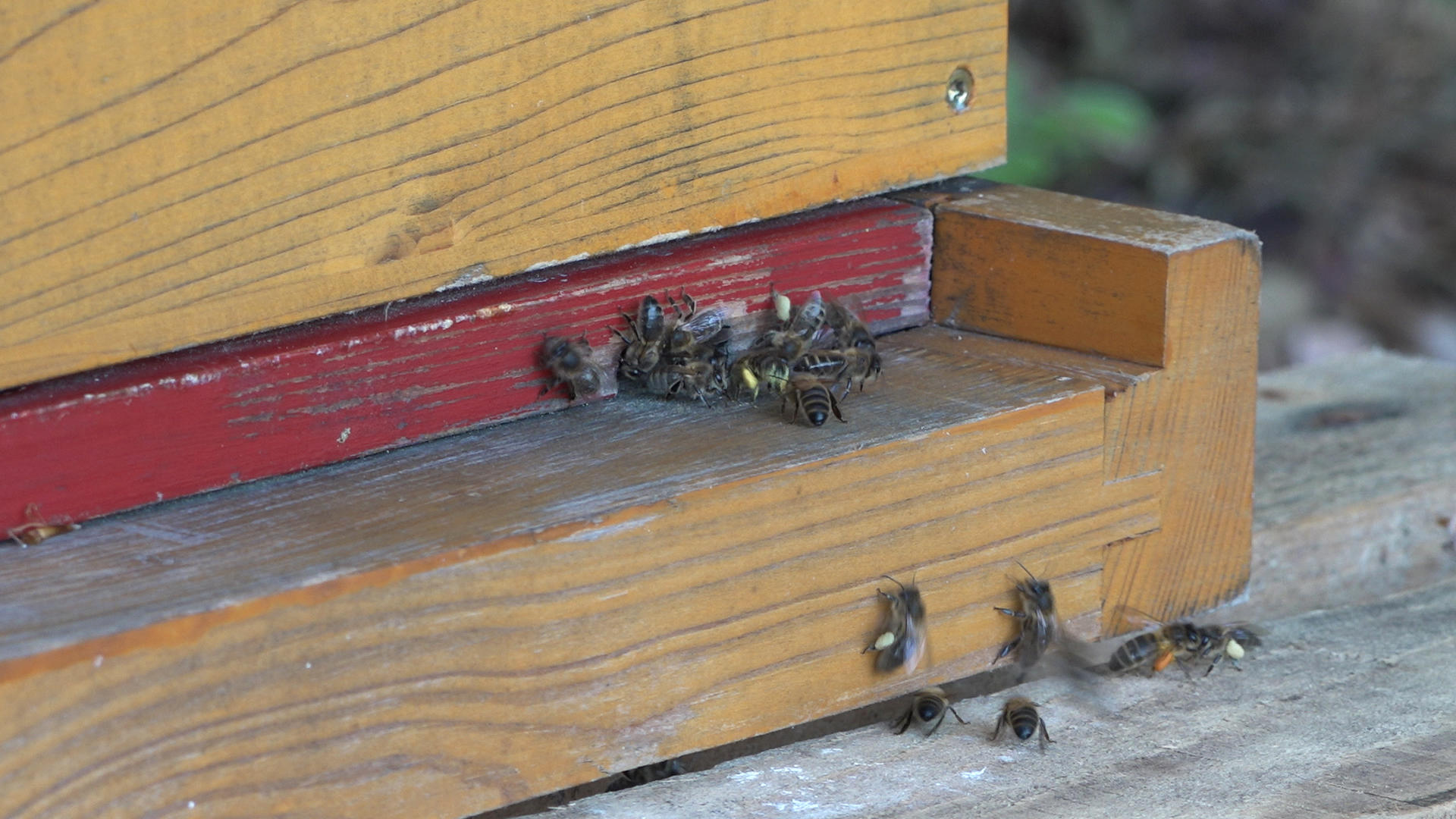
Honey bees in Switzerland face many threats to their survival. Experts have presented new ideas more geared towards bee welfare than honey production, but they may struggle to gain acceptance among traditional beekeepers.
In Switzerland there are about 18,000 beekeepers with 165,000 honey bee colonies. The bee density is high compared to other European countries, at 4.0 colonies per km2. Germany has 1.9, France 2.5 and the UK only 1.3. The Swiss figures are from 2014, the others from 2010. (Source: Agroscope)
Honeybees and wild bees are responsible for 80% of plant pollination so they play a key role in the production of food. But they are threatened by loss of habitat, diseases and pesticides.
“More than any other insect, the honey bee has the power to capture our hearts and connect us emotionally with the wonders and mysteries of nature” – Thomas Seeley
A group of American and German biologists has argued for years that bees would be able to defend themselves better if beekeeping practices were more in line with how wild bees live. The most recent publication is Torben Schiffer’s ‘Evolution der Bienenhaltung’ (Evolution of Beekeeping).
But their ideas are not always popular among Swiss beekeepers, who are calling for more scientific proof of their efficacy. They point out that bee-friendly adaptations often cost more, can be difficult or impractical to implement and can reduce the honey yield.
Dealing with parasites
One of the key challenges to honey bee health is the Varroa destructor, a crab-like mite that transmits diseases that often prove fatal to adult honeybees. How should beekeepers deal with it?
Jean-Daniel Charrière, a researcher at Agroscope Bee Research CentreExternal link says most Swiss beekeepers are using formic and oxalic acid to keep the mites under control. But the mites are developing resistance to synthetic substances.
Biologists like Schiffer fear that even alternative chemicals will harm the bees. Speaking at the Agricultural Institute of the canton of Fribourg in November, he compared beekeeping in Switzerland with intensive factory farming, as reported in local German-language newspaper, ‘Freiburger Nachrichten’. “We cannot exploit and preserve bees at the same time,” he said. He also elaborated on his ideas about species-specific, treatment-free beekeeping.
Mathias Götti Limacher, president of the beekeepers’ organisation BienenSchweizExternal link (Bees Switzerland) said: “We are very grateful for new ideas. But before we can issue practical recommendations, we have to make sure they have broad scientific support”.
Better bee homes
Some scientists advocate preemptively killing Varroa-susceptible colonies, thereby eliminating those that lack Varroa resistance and preventing mites spreading en masse to other colonies. This approach is not recommended in Switzerland. Beekeeper trainer Isabelle Bandi, believes that going treatment free with all colonies is too drastic and a risk to pollination, arguing that beekeepers should first improve the bees’ living conditions.
Resistant bees
In 2019, a delegation of Swiss beekeepers went on a field trip to Wales, where pockets of native bees have survived in isolated areas that appear to be less prone to disease, having evolved to meet local conditions. By breeding more of these native resistant bees, Welsh beekeepers hope to reverse the decline caused by varroa mite infestation.
The trip gave the Swiss some new ideas about tackling the parasite, but BienenSchweiz is against importing colonies, and thinks beekeeping should be adapted to local conditions. Götti explained, “We cannot simply import bees from Wales and imitate their type of beekeeping”.
To reduce the risk of cross-contamination of bees infected by Varroa mites, some researchers advocate spacing hives 30 to 50 metres apart. This is difficult to achieve in countries like Switzerland with dense bee populations and traditional husbandry systems (where hives are stacked closely together and all colonies follow the same flight path).
This is how Bandi sets her hives up.
“The aim is that we move towards the ideal in the development of beekeeping and not away from it,” Götti believes. Bandi adds, “We have to introduce recommendations for beekeeping that are closer to nature into our training. What each beekeeper can make happen by him or herself is another matter”.
Insecticide danger
The threat to bees from chemicals used in agriculture is being tackled on a political level. A parliamentary group on bees was set up in 2019 and since 2013, the use of three types of insecticides on corn and rapeseed crops in Switzerland has been banned. The national action plan for bee health (2014) introduced provisions to cut pesticide-related risks for bee colonies close to crops. Two people’s initiatives against pesticides have been handed in. One aims to ban the use of all synthetic pesticides that kill bees. The second initiative, “Clean Water for All”, demands that in future, subsidies only go to farmers who refrain from using pesticides.
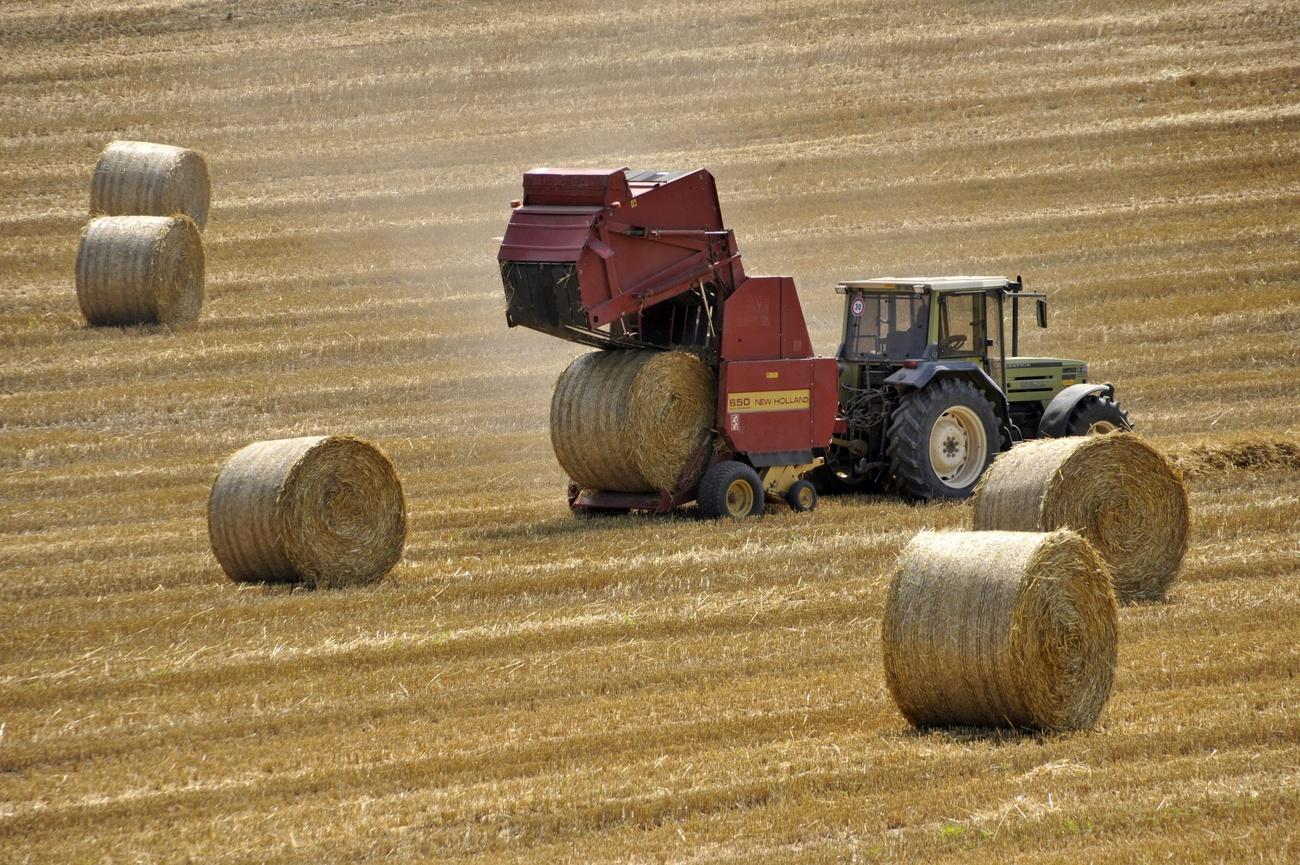
More
Swiss government sets out new greener farming policy

In compliance with the JTI standards
More: SWI swissinfo.ch certified by the Journalism Trust Initiative
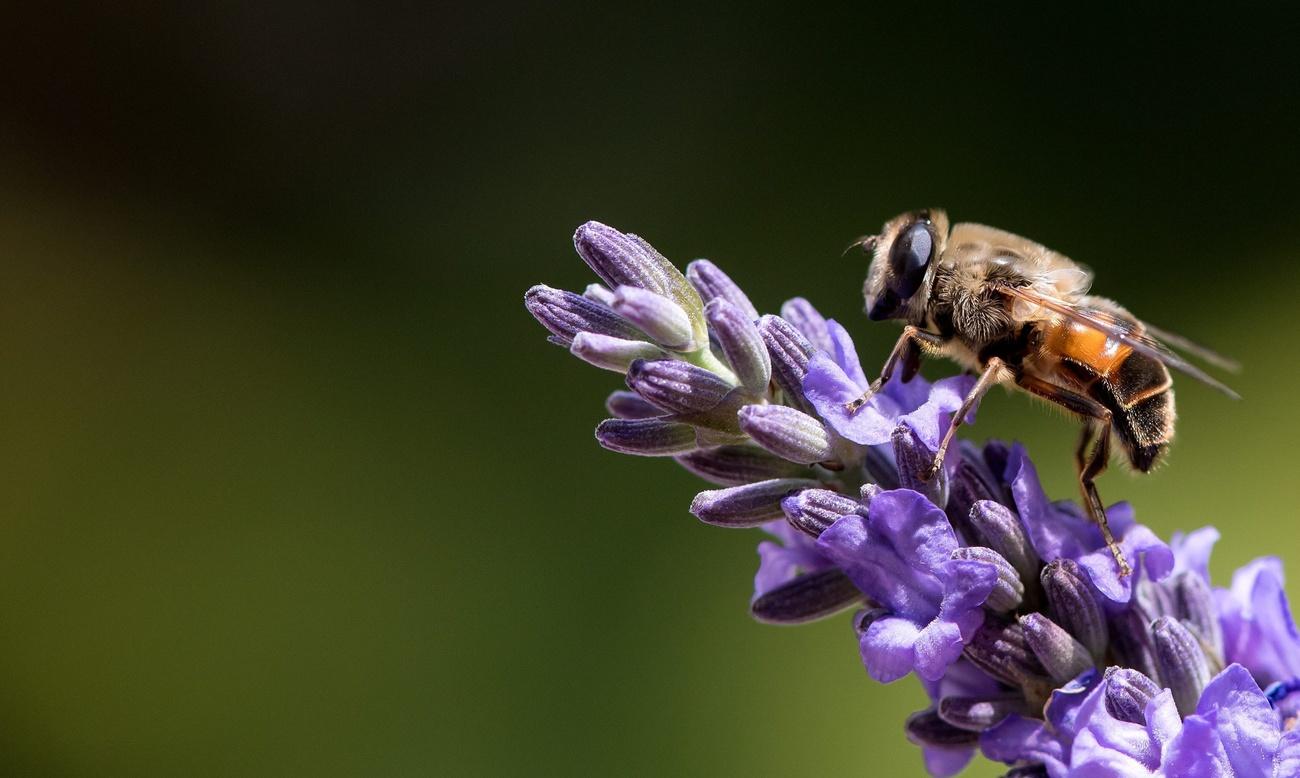
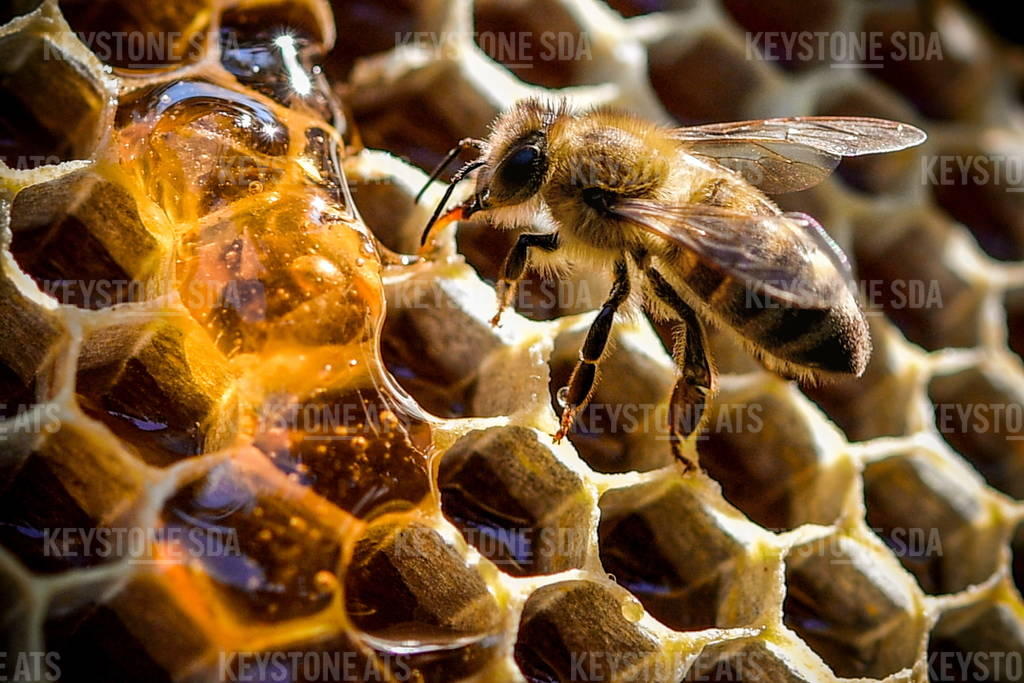
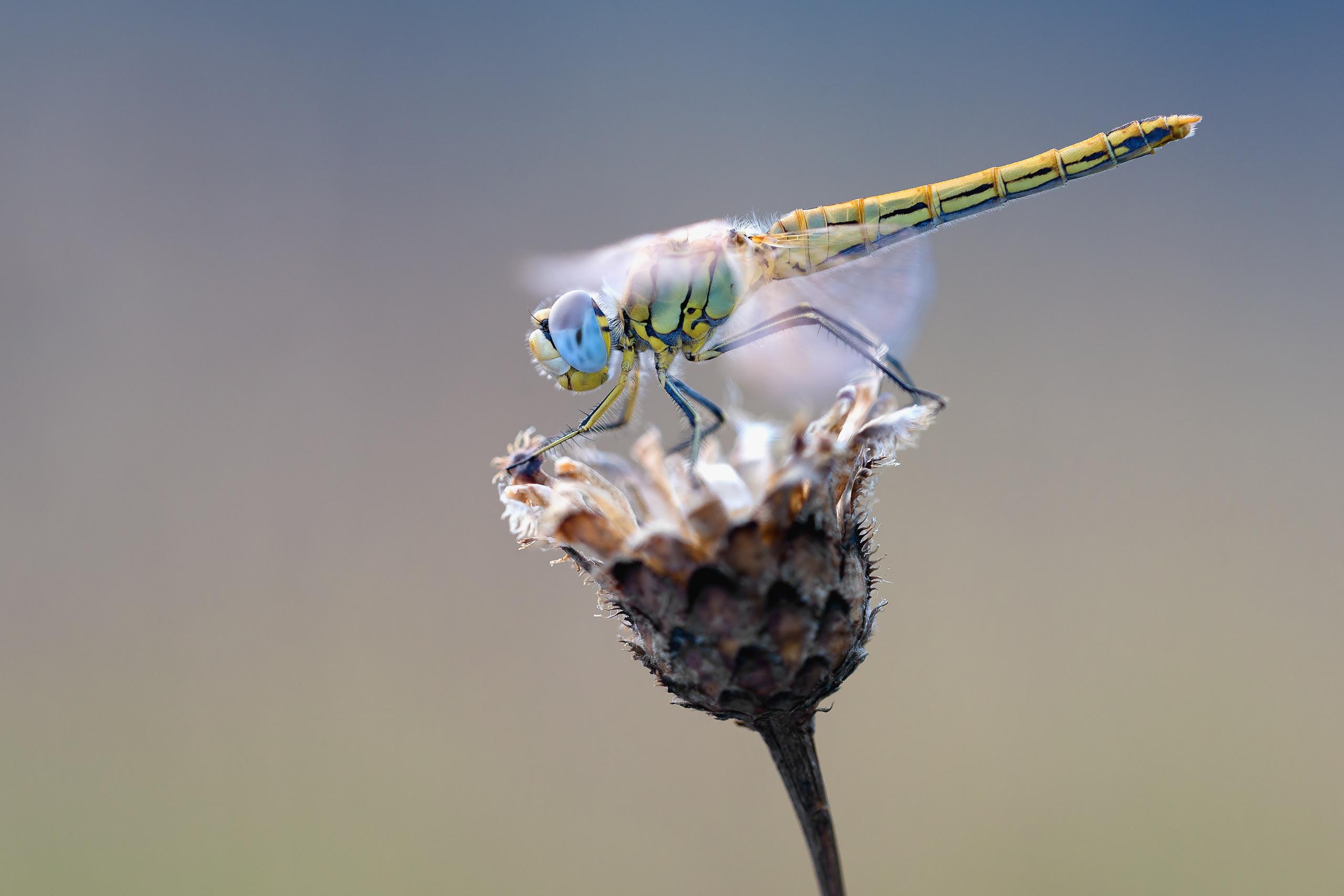
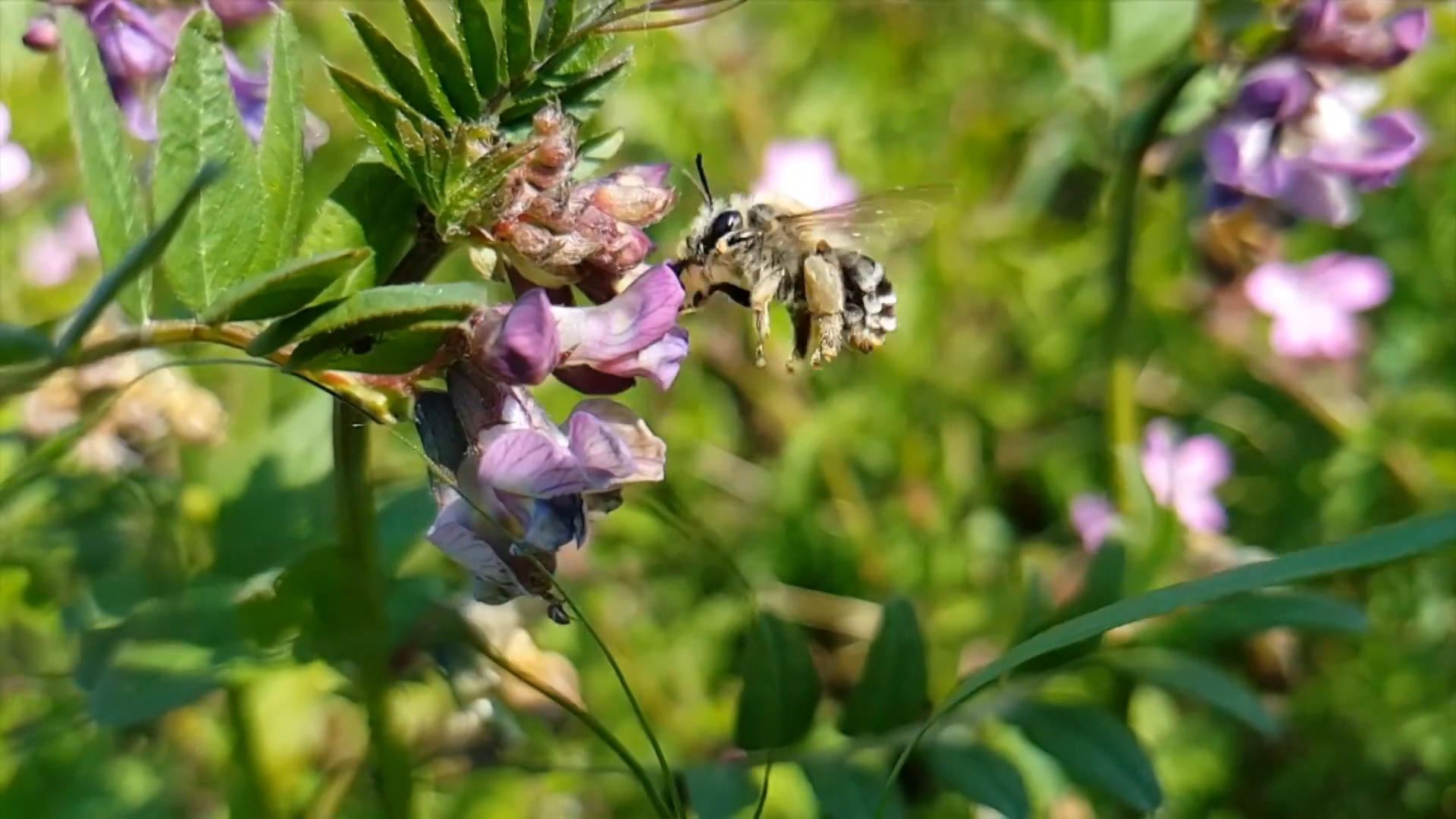
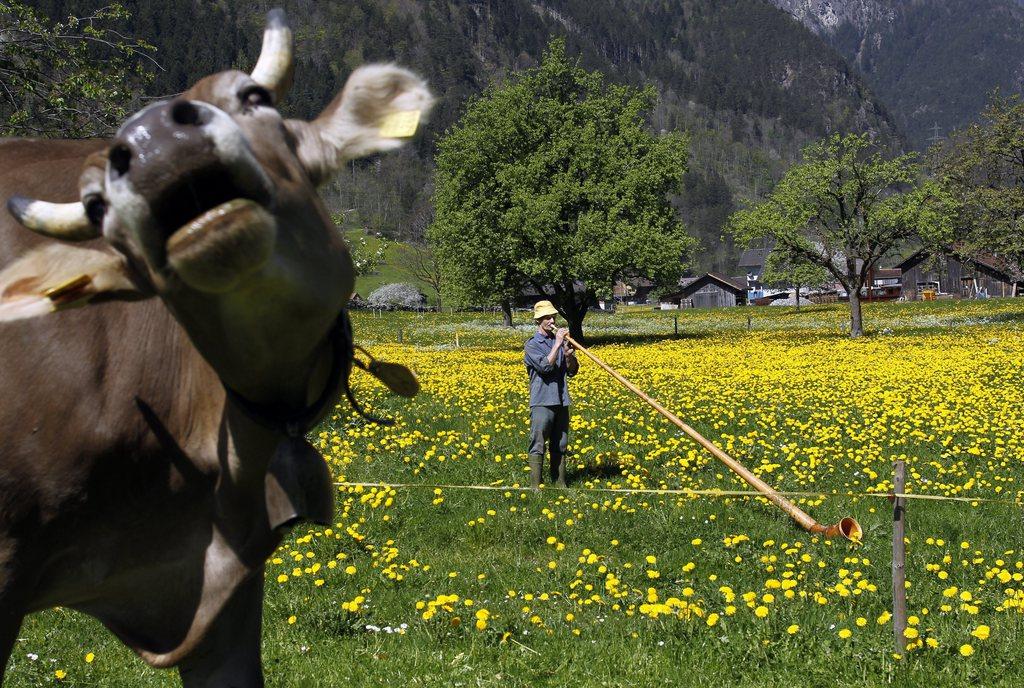
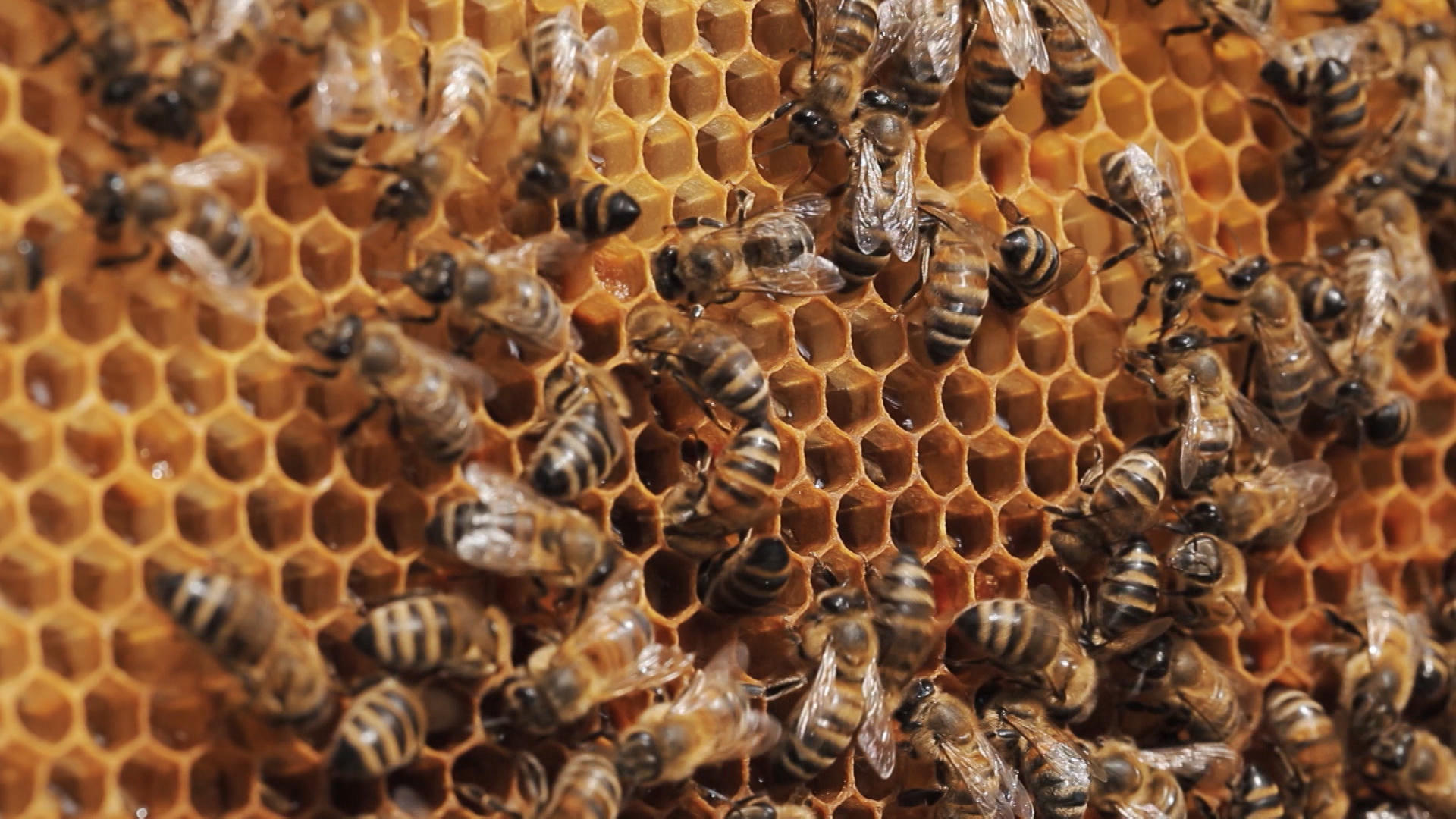
You can find an overview of ongoing debates with our journalists here. Please join us!
If you want to start a conversation about a topic raised in this article or want to report factual errors, email us at english@swissinfo.ch.